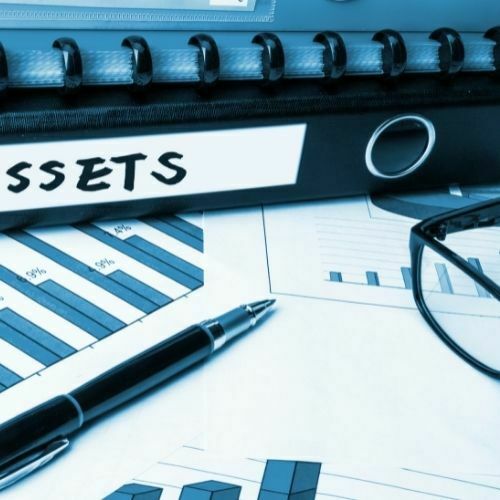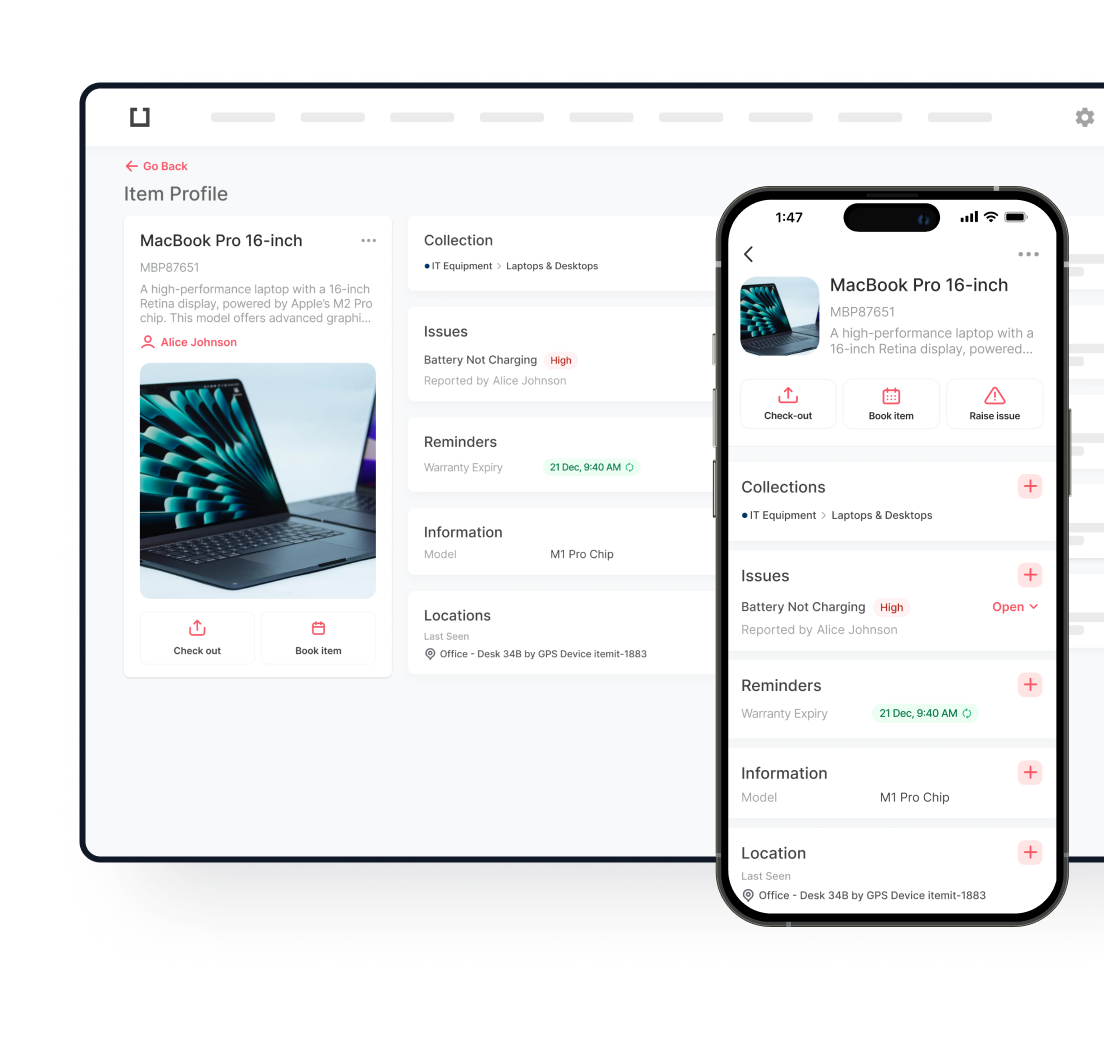
Too many businesses are still relying on spreadsheets to count their assets or, even worse, don’t keep track of them at all. Assets are at the core of any business, they keep things moving and, often quite literally, keep the lights on. So it’s about time businesses started to track, monitor and appreciate the value that their assets bring. The answer to how to do this is simple: keep and maintain an asset register. Asset registers can make a big difference to how a business operates by streamlining their financial auditing, maintenance processes and ensuring a business knows what it truly owns.
What Is An Asset Register?
An asset register is simply a detailed list of assets that a business or organisation owns. It includes details on assets such as location, condition, and owner. Asset registers are an incredibly useful tool for representing a business’s investments and provide information on the most important features of your assets.
Your asset register should contain specific asset data such as:
- What is the asset
- Asset status
- The exact location of each asset
- Procurement details including purchase date and price
- Estimated life expectancy
- Depreciation value
- Insurance and compliance details
- Maintenance history including repairs and downtime
The Benefits of an Asset Register
Asset registers lay the foundations for a smooth and robust business. Discover all the benefits an register could bring to your business:
Accurate Financial Reports
You can’t expect to produce accurate financial reports for your business without an up-to-date asset register. Maintaining an asset register means you can always follow a clear audit trail and obtain accurate financial reports. With online asset registers your business will be able to identify bottlenecks, make more informed decisions, improve delivery and generate reports at the click of a button. Updating your asset register is simple, you can easily log dates that assets have been purchased, inspected, and checked in or out by staff.
With itemit you can view your entire asset register in one place and pull all the information together into customisable and exportable reports, helping you to pass those financial audits with flying colours.
Estimating Maintenance and Repair Costs
You can utilise an asset register to estimate maintenance and repair costs of your assets. During the operational phase of an asset’s life cycle, it is important to keep on top of asset maintenance. Asset registers can help to evaluate when and how much so you don’t risk overdoing, and increasing costs down-the line, or under-doing it resulting in reduced productivity. Maintaining up-to-date records of assets helps to prevent asset downtime and calculate depreciation, which ultimately increases productivity and keeps costs to a minimum.
Eliminate Ghost Assets
It’s important that a business knows what it actually owns. If an asset register is haunted by a number of ghost assets then this can have a significant effect on financial assessments. Ghost assets can mislead companies to either over or undervalue their set of assets. This can result in overpaying taxes, higher insurance premiums, inaccurate fixed asset reporting, and an inability to forecast accurately. All of this can affect regulatory compliance and place companies in a jeopardous position.
Ghost assets also limit the productivity of a company. If your team believes an asset exists when it doesn’t then this can create operational bottlenecks. Alternatively, if an asset does exist but is out of action due disrepair then this can create delays and potentially increased expenses.
itemit’s Asset Register Solutions
itemit offers a simple solution to your asset tracking needs, with a fully-equipped suite of helpful features from a centralised dashboard to check-in and check-out functionality, you can set up your own asset register in just a few clicks. An asset register provides your business with information it needs to ensure a healthy and productive operation.
To find out more about itemit’s asset register solutions and how they can help you contact our team at team@itemit.com today. You can also fill in the form below to start your 14-day free trial.

Try itemit
Choose a better way to track
your assets.
Start your free 14-day trial now!

Keep Learning
itemit Blog
Tips, guides, industry best practices, and news.
Why Having An Accurate Asset Register Is Important
Why is having an accurate asset register so important and how can it help with equipment tracking? Read this post now to find out!
What To Include In Your Fixed Asset Register
What should you include in your fixed asset register and how can you make it work for you? Read this post now to find out!
What Exactly Is An Asset register?
What exactly is an asset register and will your chosen asset register format offer you everything you need? Read this post to find out!



